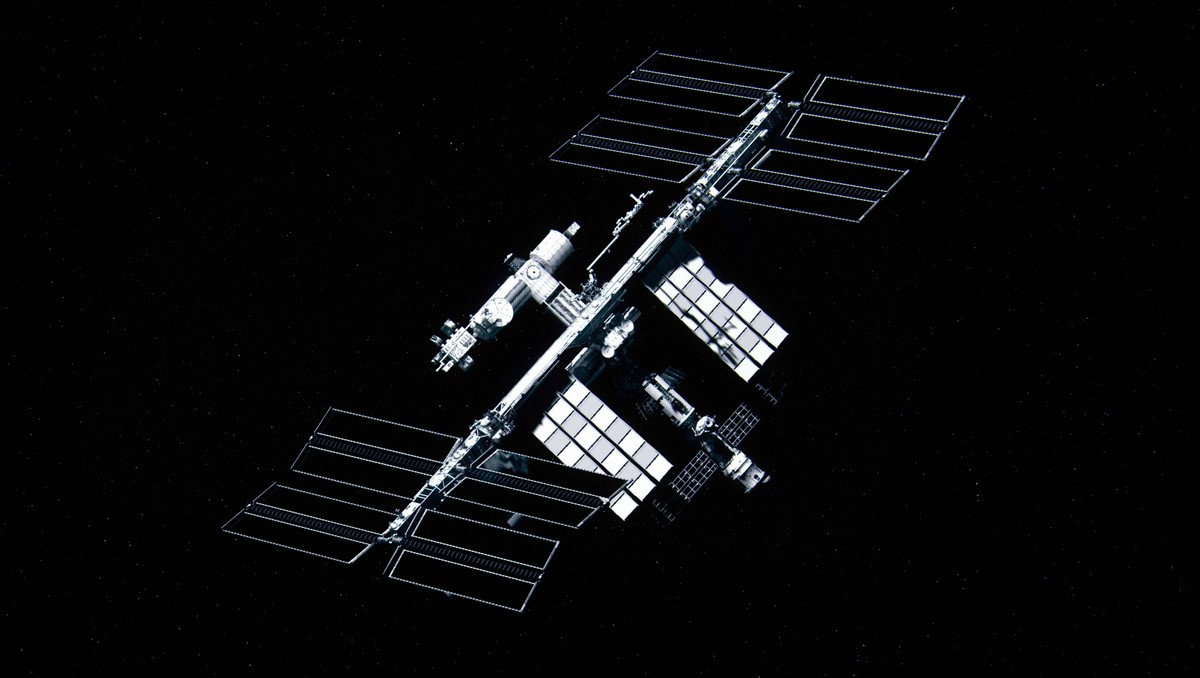ISS is the abbreviation from which the name of the international space stations. In essence, it is the only permanently inhabited station in the universe. It consists of several modules that have been launched into orbit since 1998.
- Zaria
- Unity
- Destiny
The list of these modules could certainly go on. These are solar panels, central truss structures, but also external storage pallets and airlocks. Get to know the ISS down to the smallest detail with us.
History of the International Space Station
It all started back in 1984, when the first plans for a space station were announced. The name of the space station was Falcom, and this order came from former President of the United States Ronald Reagan. Later, other space agencies and communities joined the plan. These included Canada, Japan and ESA, or the European Space Agency. This is how the project known as the ISS began.
ISS in questions and answers
Of course, there is a lot of other practical information associated with the International Space Station. Interesting, for example. individual modulesthat make up the whole. Its imaginary base is the truss structure. Further details can be found in the questions and answers.
Mention must be made of the space shuttles Endeavour, Discovery and Atlantis.
The Falcon 9 launch vehicle will take care of the launch, specifically on 9 December 2020.
The Habitation Module, Centrifuge Accommodations Module, Interim Control Module, and the Crew Return Vehicle, a rescue craft, did not make the list.
One of the most famous space shuttles is the Space Shuttle, which was retired in 2011. It was followed by the European ATV resupply ship and the Russian Progress spacecraft.
The American one bears the rather apt name Destiny. The European lab is referred to as Columbus and the Japanese lab module was named after the country of origin, Kibo.



